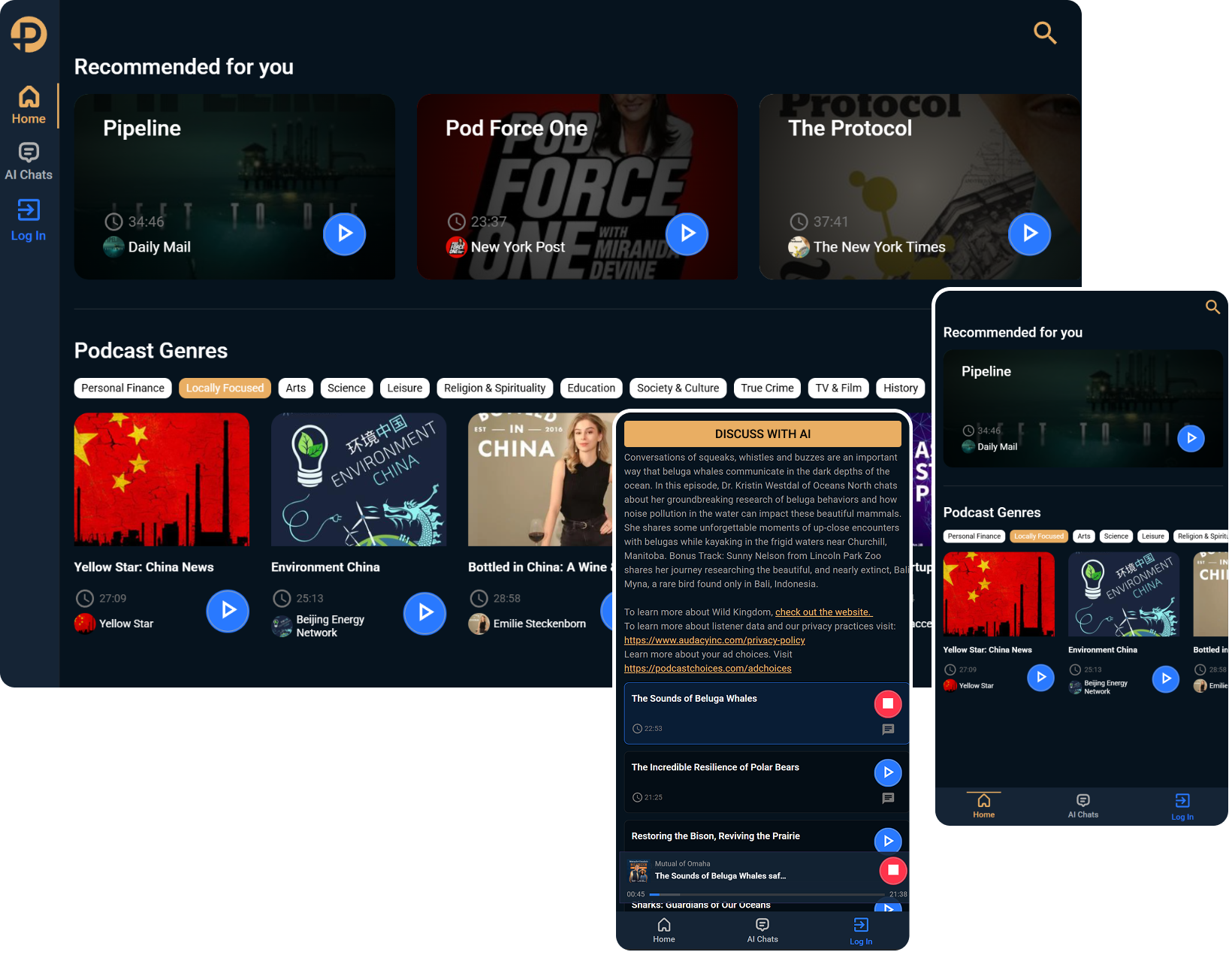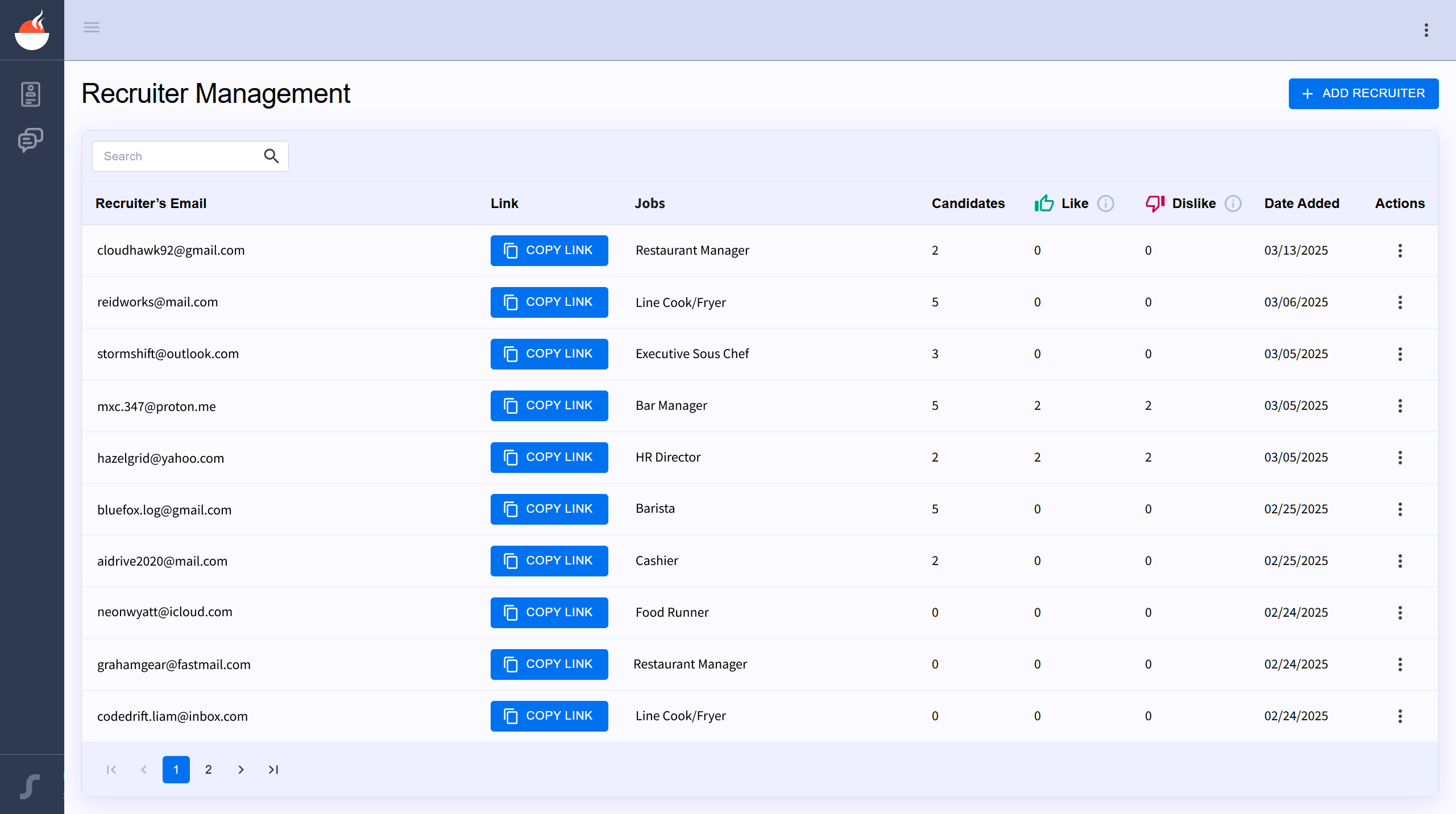Workflow Automation for Faster, Smarter AI-Driven Product Development
First thing first, this isn’t a tool promo article. It’s a look behind the scenes at what’s been working best for Ardas clients. In our work with SaaS scaleups and enterprise teams, we’ve tested different ways to integrate AI quickly without losing focus on the core product. n8n has consistently proven to be one of the most effective tools for getting there so far.
Over this year, we’ve seen CTOs across industries, from media and hospitality to healthtech and fintech, struggle with the same core challenge: how to modernize workflows without overcomplicating infrastructure or burning out the team?
The problem? Developing AI-driven functionality from scratch can be slow, resource-heavy, and a serious distraction from core priorities.
That’s where workflow automation tools like n8n change the game. Our experience shows it’s rarely about finding the “perfect” platform or tool. It’s about picking adaptable, well-integrated solutions that can grow with your business, and knowing when to simplify rather than stack yet another tool.
In this article we place two real-world examples from recent AI development projects where we used n8n to bring agility, scalability, and full control into high-pressure, data-driven environments.
Why Workflow Automation Matters for AI-Driven SaaS
Before diving into real-world examples, let’s start with two main reasons behind SaaS automation in 2025:
- AI pipelines are getting more complex
Modern AI stacks often involve multiple APIs, data processing steps, and context-aware decisions. Orchestration is no longer optional, it’s a competitive necessity.
- Post-MVP agility is mission-critical
In growth-stage and enterprise environments, the AI roadmap doesn’t stop at launch. New integrations, model updates, and feature iterations require a setup that can adapt quickly.
What Makes n8n a Strategic Tool
What is n8n? It’s an open-source automation platform that connects your apps, builds agentic workflows, and lets you host everything yourself.
Think Zapier, but with more control, zero vendor lock-in, and AI-native capabilities.
Why it’s built for the AI era:
- Our top fav reason - n8n is fully customizable: mix no-code UI with custom code blocks
- AI-native workflows out of the box
- 1,000+ integrations (OpenAI, Google Sheets, Slack, Notion, REST APIs, and more)
- Self-hosting for full data ownership and compliance
- Event-driven logic and conditional branching for smarter automation
- Agentic workflows that go beyond “trigger → action” to autonomous decision-making
AI Templates You Can Build in n8n Without Starting from Scratch
- Research agents that pull, summarize, and rank findings
- Email-writing assistants
- Real-time data pipelines
- LLM + web search stacks
- Personal knowledge management bots
- Testing is also built-in: each node can be run independently for quick debugging and transparent results.
Why Most CTOs and Tech Teams Love It: Zapier vs. Make vs. n8n
|
Feature |
Zapier |
Make |
n8n |
|
AI-native workflows |
- |
Limited |
Full support |
|
Dev flexibility |
- |
Limited |
Full conntrol |
|
Self-hosting |
- |
- |
+ |
|
Best for |
Simple automation |
Visual orchestration |
AI+ Scalable control |
The bottom line: for AI-driven SaaS development, n8n offers the rare mix of no-code speed and developer-grade flexibility.
n8n in Action: Real-Time AI Chat for Podcasts & Beyond
Meet Podl, a new LA-based podcasting startup. Even at an early stage, they’re running on an AI-first architecture powered by n8n.

The vision: an immersive listening platform where users can pause mid-episode, ask a question, and get an AI-generated answer instantly.
Under the hood:
Backend:
- Auth0 – secure authentication
- ListenNotes API – podcast data integration
- n8n – transcription processing + AI chatbot workflow orchestration
- OpenAI – natural language Q&A via n8n agents
- Redis – metadata caching for speed
- PostgreSQL – primary data storage for all app data
- pgVector – podcast data storage for AI agent lookups (via n8n)
- NestJS – backend framework
Frontend:
- Next.js – responsive, fast, modern interface
Why n8n matters here:
- Orchestrates OpenAI workflows to enable real-time Q&A;
- Automates transcription pipelines, with storage and caching handled by our backend API.
The payoff: Podl shipped its MVP faster, impressed early investors, and built a flexible foundation that can evolve into a more complex architecture without redoing core automation.
And it’s not just media businesses seeing results.
We’ve applied the automation-first approach in sectors as far from podcasting as you can get, like recruitment.
Hospitality Recruitment: AI-Powered Hiring at Scale
In early 2025, we worked with a mid-sized hospitality provider in Delaware facing post-pandemic hiring challenges: slow candidate sourcing, outdated processes, and recruiter overload. We built an AI-powered recruitment assistant that uses n8n as the backbone for orchestrating candidate identification, screening, and job matching.

The system integrates OpenAI models, a conversational AI chatbot, and automated vacancy recommendations - all running on a scalable, self-hosted infrastructure with PostgreSQL, PGVector, and Redis. With n8n managing workflow automation, the client’s IT team can easily adapt hiring flows, plug in new APIs, and maintain full control over data.
The result? Faster hiring cycles, better candidate matching, and a platform ready to expand to new regions without costly re-engineering.
Read the case study in full → Intelligent AI Assistant for Hospitality Recruitment
Conclusion: Takeaways for CTOs and Tech Teams
For SaaS teams working under pressure to ship AI features, the right automation layer can be a multiplier.
Our practical experience with n8n has shown that it can accelerate AI delivery, reduce infrastructure overhead, and give technical teams room to focus on the product experience, not just the plumbing.
Of course, it’s not a silver bullet, and it’s not the only option. But in the hands of expert tech teams and scaleup or enterprise teams looking to integrate AI without reinventing the wheel, it’s proven to be a strong fit so far.
Once again, we’re sharing this not to promote a certain tool, but to highlight an approach that has already helped our clients move faster, validate ideas, and keep control over their stack.
Whether you choose n8n or something else, the lesson is the same: a flexible, transparent automation layer can make all the difference when scaling AI in modern SaaS platforms.
Bonus: 3 Key Lessons From the Field
- Don’t reinvent the wheel: leverage automation platforms to jump-start AI features.
- Keep flexibility in mind: choose tools that let you mix no-code speed with custom code depth.
- Prioritize transparency: pick systems you can debug, self-host, and adapt as your AI needs evolve.
Struggling to connect AI to your existing stack?
We’ve helped scaleups and enterprises untangle their architecture without costly rewrites
